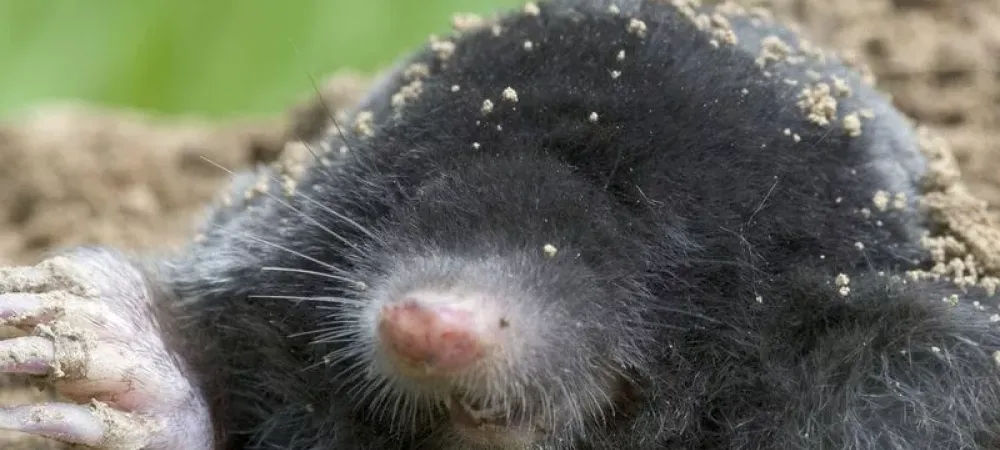Georgia Mole Control: Tips for Protecting Your Yard

Moles can cause a lot of damage in your yard. They can disturb roots, cause the grass to wilt and die, and pile large amounts of dirt on your grass which can suffocate it. To get moles the best option is to eliminate their food source. Grubs are the main food source of moles and can be the number one destroyer of lawns. At Environmental Turf we know how to effectively get rid of moles and grub and make sure they don’t come back.
How to Control Moles in Your Yard
Being a homeowner in Georgia is a lot of work. Each summer, we spend countless hours putting work into our landscapes to make it our perfect private getaway. But your ideal yard is continuously under attack from outside forces such as troublesome weeds, lawn damaging pests, and the king of all lawn destroyers, the mole.
Moles spend most of their lives underground digging long, winding networks of tunnels. They search for insects such as worms, grub, and other invertebrates. Moles can dig up to eighteen feet in one hour. As they forage, they cause massive amounts of damage to yards as they disturb the roots of your grass, which can allow weeds to take over. Molehills are formed when moles push up excavated soil to the surface from underground tunnels. These mounds of dirt can smother and kill your grass and take weeks to repair.
Types of Moles
Here in Georgia, we have two species of moles that can burrow their way into our yards. They are the star-nosed mole, which is more common in the northeast portion of the state, and the eastern mole, which is common throughout the state. Adult eastern moles are about 5 to 7 inches long and weigh only 3 to 5 ounces.
Moles Are a Sign of Other Problems
Sightings of mole activity in your yard are the first indicator that you have a lot of lawn pests, most commonly grubs. Here in the south, moles can also be drawn to your yard by a fire ant presence. Grubs and fire ants can wreak havoc on your yard by themselves, but when moles are added to the equation, your yard could look like a war zone.
How to Keep Moles Out
There are hundreds of methods homeowners have developed over the years to control moles in their yard. Some work well while others, some, not so much. Here are some of the effective methods to control moles.
Eliminate the Food Source
Since moles come into your yard looking for grubs and other insects, it only makes sense that if you get rid of the grub, you’ll get rid of the mole.
Traps
Trapping moles is one of the most popular methods of mole elimination. There are several different types of traps that work differently, so be sure you read the labels on how to set them properly. For traps to work effectively, you need to understand mole behavior and how they move because most traps catch the mole underground in their tunnels. Traps must be set in a way that does not block the tunnel. If a mole senses a strange object in its path, they diverge off the main tunnel and go around it.
Use Plants That Moles Hate
Moles have extremely sensitive noses, and certain plants are just too powerful for them to handle. Plants such as crown imperial, castor bean oil, and gopher surge are known to keep lawn-destroying moles away.
Hire The Pest Experts at Environmental Turf Management
At Environmental Turf Management, our mole control program focuses on the mole’s main food source: grubs and other ground insects. Removing their food source will force them to move elsewhere to find food. Our professional team will carefully assess your home or business to determine if you have a grub problem and create a personalized plan to eliminate grubs and other food sources and eliminate the mole from your property.
Give us a call at (770) 467-3851 for more information on how you can get started with lawn care in Loganville.



